Hi Folks,
This grew out of the topic posted by "steveinely". I thought I would post separately to show some new signs of life in the Minnesota forum. Read his post titled "Zone 2? Really?" to catch up on the conversation and please engage - I would love to hear from you.
I would specifically like to hear from a Minnesota zone 3er to get a good comparison of the three main Minnesota hardiness zones. Obviously all zones are welcome and important to the discussion. I would like to know your zone, soil type, climate/winter issues, growing conditions, general growing experiences. I am curious about the plant types you grow such as trees, shrubs, and other woody plants, annual and perennial flowers, annual and perennial herbs, vegetables, etc. and how they do in your area. Include what hasn't worked. Maybe this could build into a knowledge base helpful to beginning gardeners in your area or Minnesota in general. Thanks.
For those new to gardening: In case you don't know, the USDA has climate maps which break the continent down into "Plant Hardiness Zones". This is extremely helpful in deciding what to plant in your area. Most plants and seeds are sold with some indication as to what zone(s) they are meant for so, for example, a person in Minnesota doesn't waste the time and money trying to plant a citrus tree that is meant to be grown in Florida. See this Zone Map or do an internet search using keywords "USDA Hardiness Map".
I am Zone 4b southwestern Minnesota prairie (rural Gibbon). I have been to Ely many times when going to the BWCA - I do think it is the coolest small town in America, as is the city's promotion. Read This and check out "ely.org".
I have been curious about this zone thing and the Ely climate and soil issues. My thoughts regarding Ely and Zone 2b:
1.) What difference does it make how cold it gets in winter, when snow cover is such an excellent blanket insulator for the soil. We have an average frost depth of 32" here, but I assume Ely's is quite a bit deeper. But how does that affect cold hardy plants?
2.) I assume the answer to #1 is that the cold extremes can kill the buds on the woody plants or dessicate the cambium layer. This would tell me not to plant any "designer" stuff and stick with the local natives. Experimentation is fun but prepare to be disappointed. For example a friend of mine has hardy peach trees in New Ulm, 20 miles south of me. I purchased and planted some and they froze out, being exposed to the prairie winds and all. I knew it was risky but wanted to experiment. Biggest bummer is no peaches. I will just have to steal his. ;-) I have also lost Butternuts, Red Maples, and Sugar Maple saplings to winter die-off. All should and do grow in this area, but being exposed to the cold winter winds just beats them down and weakens them until one spring they simply don't leaf out any more. No big deal as I have others that do well, just cuts back on the diversity.
3.) If one plants annual flowers and vegetables, the shorter growing season does eliminate some long-season varieties but that is negated somewhat if one starts them early under lights. People in most of the northern zones ultimately have stuff they can't grow because their season is too short or the climate incorrect for that particular variety. For example Lima beans are a crapshoot every year for me due to their long season. I am finally giving up on them and trying Fava beans instead. What I am really curious about is what veggies I can grow by direct sowing in my 4b climate that can't be grown by direct sowing in the Ely 2b climate. That would give me a good idea of the growing season there. (I am just curious).
4.) If one plants perennial flowers, herbs, etc. I would have to assume non-natives, designers, or weak hybrids would be the most difficult plants to try to winter over for zone 2. But again, if one mulches in fall and gets a heavy snow pack, that should help immensely.
5.) Wild temperature swings and cool summer nights during the growing season would be my main concern. That would jeopardize tomatoes, peppers, etc. but others like lettuce, spinach, radishes, peas, should do well. I have to believe hoop houses and cold frames would be the solution to this issue.
6.) While in Ely I have seen many beautiful flower and veggie gardens. Most of the showy gardens I noted are annual gardens, which makes sense to me. I have also noted that people with the best veggie gardens seem to have either instinctively, intuitively, or intentionally taken advantage of microclimates around their houses or other buildings. Excellent way to go about it, and I doff my hat to them - those folks are right on target IMHO.
7.) What is the soil like in that area? I assume acidic, shallow, rocky but I have no knowledge of that to be fact other than what I have seen in the surrounding area. If so I have even more respect for my fellow gardeners in Ely because that is a tough issue to deal with and I again assume it takes lots of building up and amending to grow finicky flowers and vegetables. I have rich black clay loam up to 2 feet deep and yet I find the soil is the biggest single issue regarding gardening. I have to constantly stay in tune with the soil by observing its texture and habits, and amending it constantly. My observations are that rich, healthy soil reduces soil-borne diseases and grows healthier plants that can better fend off insect attacks and produce bigger, nicer quality fruit. These issues have to be difficult to deal with in an Ely garden.
It never ceases to astound me that there is a whole entire nation that exists north of Minnesota. I have no clue how those good folks grow anything up there with such a short growing season, frigid winter temps, and cool summer nights. They have my respect...
Well, just tossing some of my thoughts out there into the ether on this sunny, cold Minnesota winter day. I look forward to getting other opinions from fellow Minnesotans on these subjects. And as always, if any of my assumptions or premises are incorrect, I appreciate being corrected to continue my lifelong edjucayshun.
Take Care.
-Tom
Here is a link that might be useful: My Trade and Gardening Site.
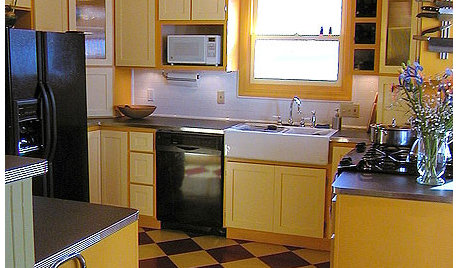

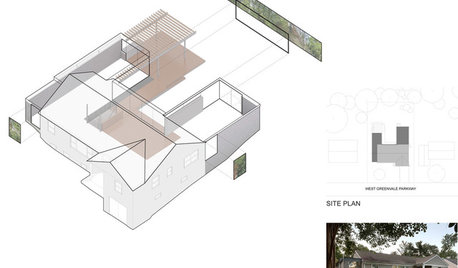

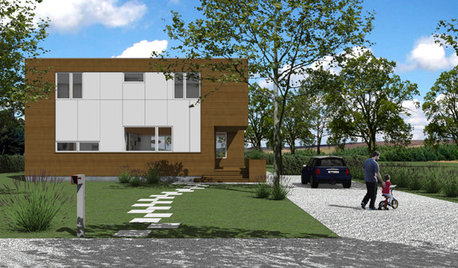
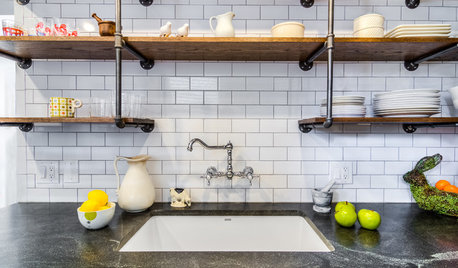
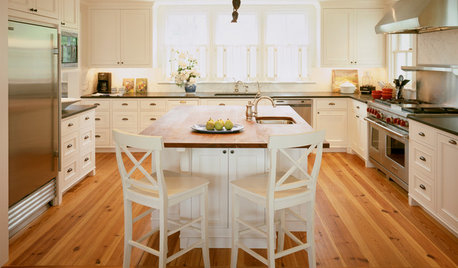


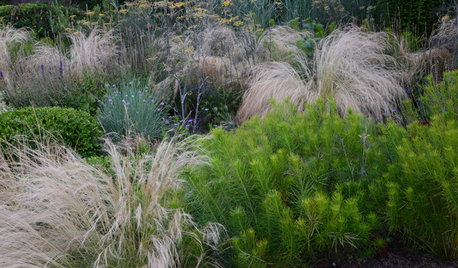



leftwood
soilent_greenOriginal Author
Related Discussions
Romance series cherries fresh eating
Q
Who is who?
Q
Are all SS ranges 304 Stainless? Any differences among them
Q
Show off your beautiful climbing roses
Q
gusolie
hostaholic2 z 4, MN